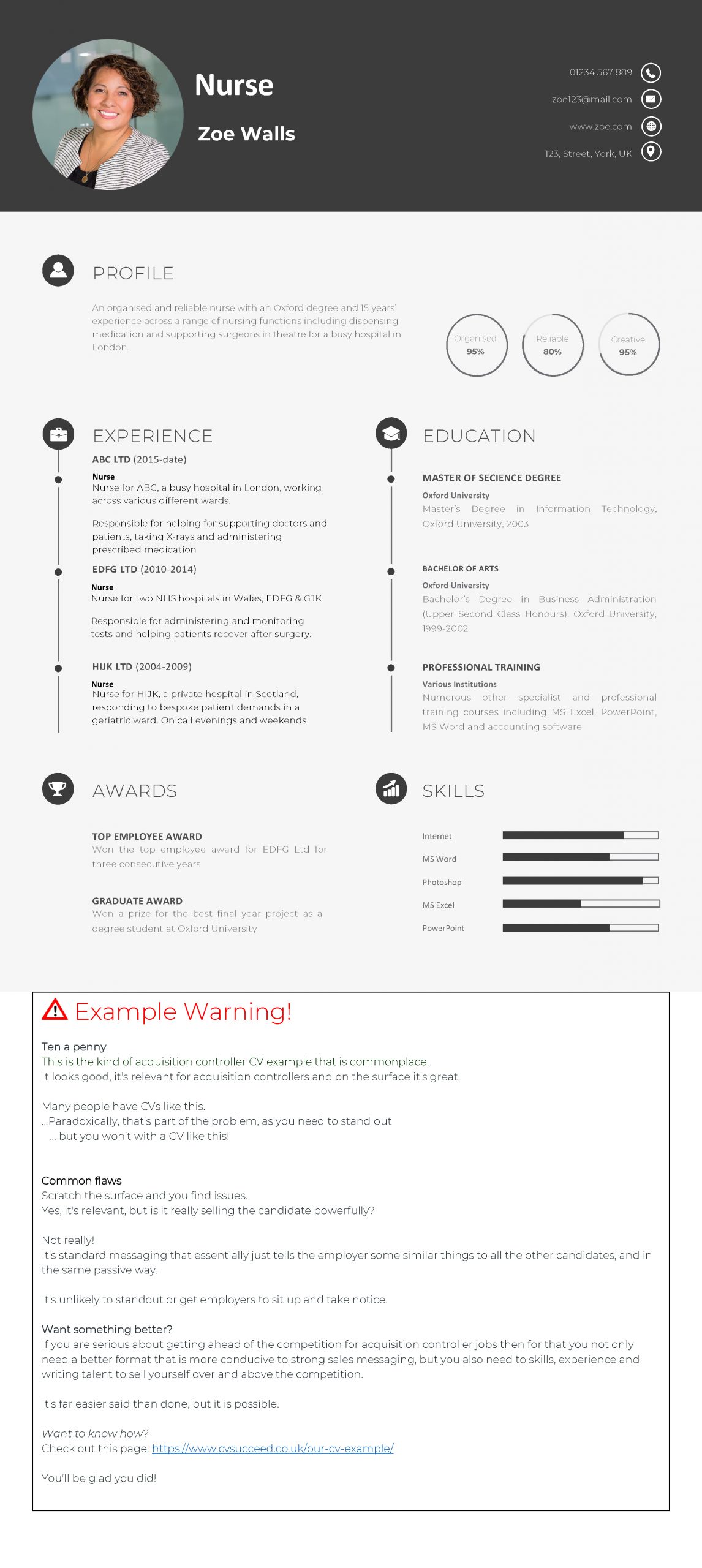Nurse CV: Essential Tips for Profile, Education, and Experience Sections
1, Profile Section:
Warm Introduction: Begin with a heartfelt summary that ties together your nursing experience, compassion, and dedication.
Patient-Centered: Convey your commitment to providing top-notch patient care and support. Your Specialty: Highlight your specific area of expertise, whether it’s pediatric nursing, critical care, oncology, etc.
Soft Skills: Emphasize qualities like empathy, teamwork, resilience, and strong communication.
2. Education Section:
Nursing Qualifications: Start with your highest nursing degree or qualification, such as BSN or MSN. Licensure: Clearly mention your registered nurse (RN) license, or other relevant licenses, and any additional certifications.
Clinical Training: Highlight any specialized clinical rotations or training that sets you apart. Continuous Education: Point out any seminars, workshops, or courses you’ve attended to keep updated in the field.
3. Experience Section:
Patient Stories: Instead of just listing duties, narrate experiences. E.g., “In my role at XYZ Hospital, I led a team that developed a post-op care routine, reducing patient recovery time by 15%.”
Specialized Skills: Discuss specific nursing skills, such as IV insertion, wound care, or patient education. Interdepartmental Collaboration: Share experiences where you collaborated with doctors, therapists, or other medical professionals for comprehensive patient care.
Challenges Overcome: Reflect on challenging patient situations or hospital scenarios and how you managed or contributed to solutions.
Leadership & Mentoring: Mention any roles where you trained or mentored junior nurses or nursing students.
Technology & Tools: Highlight your proficiency with medical equipment or healthcare software, indicating your adaptability and tech-savviness.


